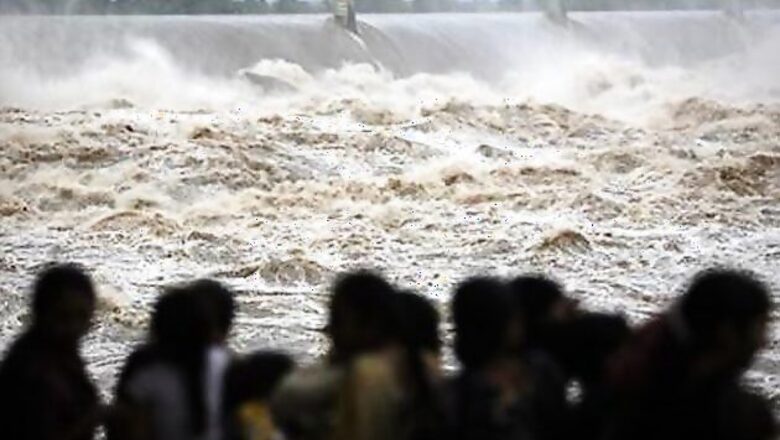
views
New Delhi: India has moved further away from a widespread drought with a third straight week of heavy rains and the weather office is now suggesting the crucial monsoon could even slow its retreat, helping winter planting in the major food producer.
The rains, vital for the 55 per cent of Indian farmland without irrigation, are still 8 per cent short of average so far in the June to September season although in the week ending September 12 they were 21 per cent above average.
The shortage of rains in some drought-hit areas of the west and south has curbed planting of cereals and pulses, threatening output, but elsewhere the late revival has improved prospects for summer-sown crops, including the major rice crop.
Rains below 90 per cent of long-term averages are considered deficient - a drought in layman's terms.
"Monsoon is likely to remain active in northwest and central parts even next week," said an official of the India Meteorological Department who did not wish to be named.
The four-month long rainy season usually starts retreating from Rajasthan by mid-September, but this year's withdrawal from the state is unlikely to start then as heavy splashes continue there for a second straight week.
India's weather office still retains its forecast of at least 10 per cent below average rains for the whole season despite the late revival.
India, whose huge land mass contains nearly all climates and soil types, last faced widespread drought in 2009 when the June-to-September monsoon rains were 22 per cent below average and it had to import sugar, pushing global prices to 30-year highs.
Experts said the late revival would be helpful for summer crops such as rice, cane, oilseeds, and also brighten the output prospects for winter-sown crops.
"A late retreat improves prospect for rabi (winter) sowing as wheat and rapeseed can be sown early due to higher moisture content in the soil," said Sudhir Kumar Panwar, chief of the Kishan Jagriti Manch, a farmers' group.
The late revival has already given confidence to the Indian government to continue with its free export policy on grains and sugar despite high food inflation, and even consider lifting a freeze in diesel prices which has lasted for over a year.
"Recent rains will minimise loss by improving yield prospects as even a mild dose of showers at regular intervals during the stage of maturity aids growth of kharif (summer) crops such as rice, cane and oilseeds," Kumar said.
The weather official said the drought-hit areas of the interior south and western India would receive less rains during the next week, keeping pulses, cereals and cane areas thirsty.
On Wednesday, Farm Minister Sharad Pawar said the poor rains during the first half of the monsoon season had caused droughts in pulse and cereal growing states such as Gujarat, Maharashtra and Karnataka.




















Comments
0 comment